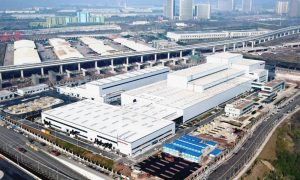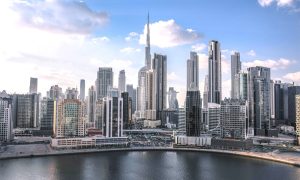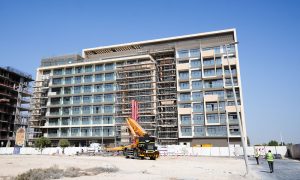What the 6th IPCC report means for the MENA region
Our wisest course of action is to build on the IPCC call to action and scale up efforts to improve our existing buildings and communities says Mario Saab, Head of Sustainability MENA at Cundall

Our Middle Eastern region is at a tipping point, according to the latest Intergovernmental Panel for Climate Change (IPCC) 6th Synthesis report. The latest data shows that despite global action to reduce emissions and national pledges to achieve Net Zero, overall climate-warming greenhouse gas emissions are growing faster than mitigation and reduction efforts.
What this means for our region is after 2041 at the current emissions trajectory we could be seeing more than 100 days every year where temperatures are above 40 degrees, leading to a major increase in heat-related mortality and heat-related illness, particularly for people over 65. That is only 18 years away – which means many of us currently making decisions about the design, delivery and operation of our buildings will be entering the age group where climate change is more likely to harm our personal health.
The immediacy of the threat can be seen in the IPCC’s clear calls in this report for greater investment in adaptation as well as scaling up for financial flows to mitigation. The built environment in this sense lies at the heart of how we both slow the escalation of the climate crisis and survive the impacts we are already beginning to experience.
We are perhaps fortunate in the Gulf area that designing for heat is part of our proud and distinctive architectural tradition. What we need to consider is the vulnerability created in recent decades through adoption of more energy-reliant approaches that are based on the extensive use of air conditioning to ensure comfort and wellbeing.
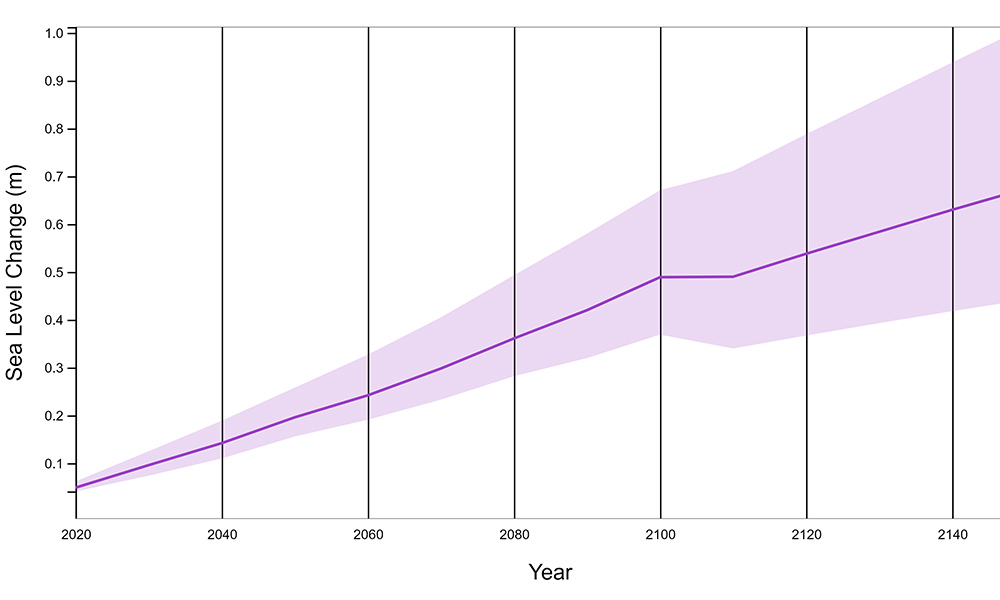
Aden NASA sea level data
In the hotter future, where the region is also likely to experience more frequent periods of zero rainfall for 100 days or more at a time, being entirely dependent on mechanical cooling may not be the solution we need. Meeting the energy demand through renewable energy would mean significant investment and also institutional drive for action being applied immediately to ensure sufficient capacity comes online.
We also need to consider the cost of energy for households and businesses, given the IPCC data also shows there are likely to be major disruptions to our food supply, and World Bank data shows the cost of key agricultural commodities including sheep, goat and grains is likely to increase markedly.
The good news is the tools, knowledge and expertise we need to take up this challenge are already within our grasp. For example, we can retrofit buildings to better manage energy and provide real-time responsiveness to conditions through smart systems. We can improve insulation, reduce building air leakage and invest in smart renewable energy microgrids and demand-response platforms.
We can also retrofit buildings for mixed-mode ventilation systems that combine energy-efficient, smart cooling with age-old practices such as the stack effect, night purging, strategic shading and the use of water features and urban greening for microclimate cooling benefits.
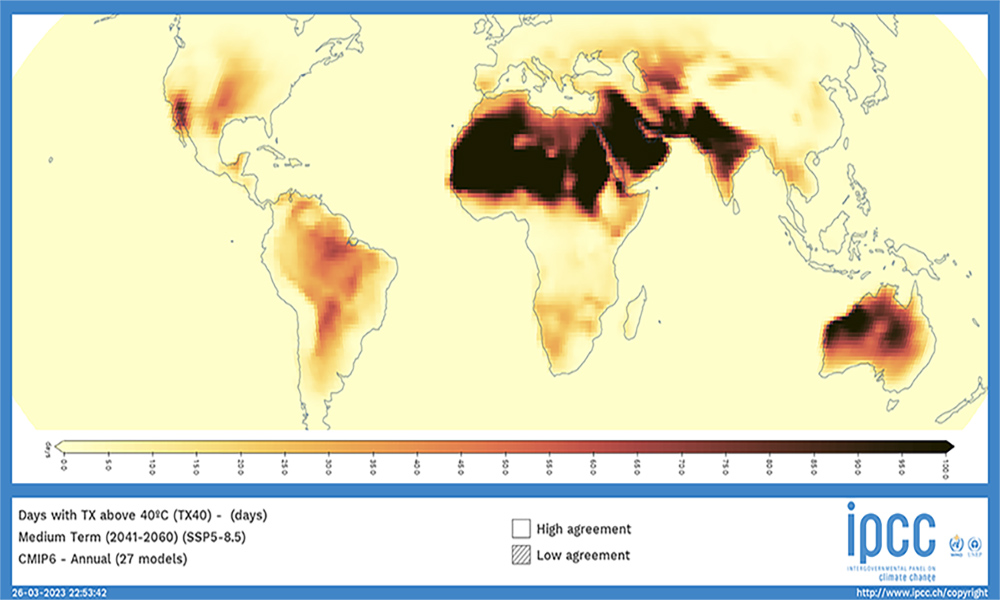
CMIP6 – Days with TX above 40ºC (TX40) days – Medium Term (2041-2060) SSP5-8.5 – Annual (27 models)
Our wisest course of action is to build on the IPCC call to action and scale up efforts to improve our existing buildings and communities, including the infrastructure that supports them, to build resilience, support adaptation and simultaneously reduce emissions.
Read more:
- New date confirmed for Energy & Sustainability Summit – 24 May
- JLL’s Louise Collins’ COP27 takeaways and thoughts
- Three considerations to help businesses create practical sustainability strategies

